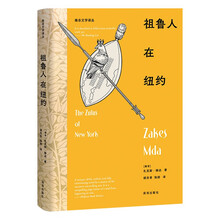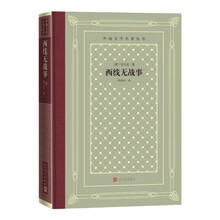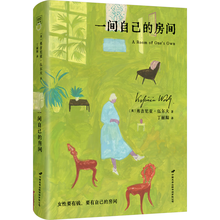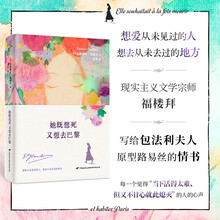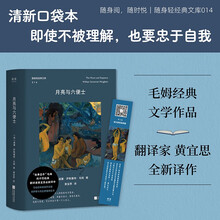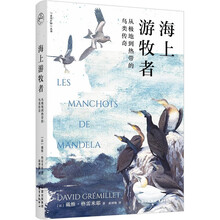William Butler Yeats ranks among the most widely admired and intensively studied writers of the twentieth century. He attracts such avid interest because, as T. S. Eliot famously suggested, his history is also the history, of his time. Beginning as a late-Victorian aesthete and ending as an influential contemporary of Eliot and other modernists, Yeats set the pace for two generations of important writers. Ahmg the way he responded with passion and eloquence to the political and cultural upheavals associated with Irelands struggle for independence and with the decline (in Ireland and elsewhere) of traditional belielk about art, religion, empire, social class, gender, and sex. But the same things that make Yeats captivating also make him difficult to study and to teach: few first -time readers know enough about his life and times to do justice to his poems, plays, and other writings. The Cambridge Introduction to W. B. Yeats aims to assist such readers by providing intruductory tours of the poets mnst important works in all genres and by exploring their biographical, historical, and literary contexts. As the first new introduction to appear in more than a decade, it offers an up-to-date account that draws extensively on recent biographies, fresh editions of the letters and manuscripts,and path-breaking studies by critics influenced by feminism and postcolonial theory.
展开

